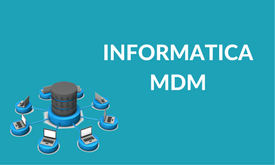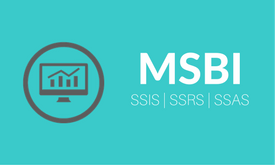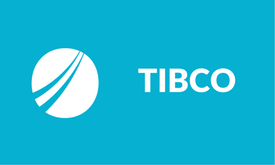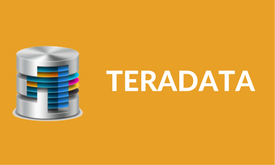Informatica MDM Training
Informatica Master Data Management Version: 10.1
An online course designed to make you an expert in using Informatica MDM and learn all that is required to create a frame of reference for data by capturing details that influence information systems which have holistic view of the business.
- 30Hrs of Instructor-Led Training
- High Quality Training Content
- Learn from Industry Expert Trainers
- Training with Real-time Scenarios
- Earn Training Experience certificate
- Customized Course content as per your Requirement
Course Curriculum
Curriculum
Informatica MDM Version 10.1 Overview and Architecture
- Master Data Management
- A Reliable Foundation of Master Reference Data
- Components of MDM Hub
- Application Server Tier
- Database Server Tier
- Batch Data Process Flow
- Trust Framework
- Consolidation Flag
Data Models and Lookups
- Data Mode Elements
- Data Model
- Relationships
- Relationship Types
- Lookups
- Global Business Identifier (GBID)
Configuring Stage Process
- Basic Mappings
- Complex Mappings
- Cleansing and Transforming Data
- Execution Component
- Testing Mappings
- Reusable Cleanse Components
- External Data Cleansing
- Delta Detection & Audit Trail
- Rejects
- Cleanse Match Servers
- High-Level Stage Process Flow
- Detailed Stage Process Flow
Configuring Load Process
- Trust
- Validation Rule
- Trust & Validation Rules: Things to note
- Cell Level Update
- Allow NULL Update
- Allow NULL Foreign Key
- How the Load work
Configuring Match & Merge Process
- Match & Merge Overview
- Key Activities for Configuring Rules
- Match/Search Strategy for Base Object
- Population
- Match Path, Columns and Match Key
- Match Rules and Rule Sets
- Primary Key Match Rules
- Match Rules using Primary Key Match
- Match Keys Distribution
- Merge Settings
- Match/ Merge Properties: Merge Style Base Object
- External Match
- Match Server Architecture
Configuring Data Access
- Queries & Packages Overview
- Query
- Package
Batch Processes
- Batch Viewer
- Batch Group
- Executing Stored Procedures
- Scheduling Considerations
- Job Status & Job Statistics
Data Management Tools
- Data Stewardship
- Recap: Consolidation Flags
- Merge Manager
- Data Manager
- Unmerge and Tree Unmerge
User Exits
- User Objects
- User Object Registry Tool
- User exit in Java
- User Exits in the STAGE Process
- User Exits in the LOAD Process
- User Exits in the MATCH Process
- User Exits in the MERGE Process
- User Exits in the UNMERGE Process
Log Files
- Enterprise Manager
- Hub Server Tab
- Cleanse Servers Tab
- Environment Report Tab
- ORS Databases Tab
- Database Log File
- Application Server Log
- Cleanse/ Match Server Logs
- Console Log
Hierarchy Management
- Entities & Entity Type
- HM Relation ships
- HM Hierarchies
- Hierarchy Management
- HM Profiles
- HM Packages
Security Access Manager (SAM)
- Users, Resources, Privileges & Roles
- Resources
- Resource Groups
- Privileges
- Roles
Services Integration Framework (SIF)
- Introduction to Siperian SIF
- SIF Framework
- SIF Features & Benefits
- SIF & Integration
- Interacting with SIF
- SIF Architecture & Protocols
- SIF Request Object with Examples
- Processing Responses
- About Record
- SIF APIs with Examples
- ORS Specific APIs
- Introduction to SIF Manager
- Logging
- Auditing
Informatica Data Director
- IDD Configuration
- Business Data Director – User Interface
- Create, Manage, Consume and Monitor
- Data Model Elements
- Configuration File
- Subject Area
- Subject Area Groups
- BDD Data Display
- Relationships
- Application Validation
- Importing an Application
- Match Paths
- Lookup
- Cleansing
- Resources and Privileges
Message Queue
- What are a Message Queues?
- Create a Message Queue in Application server
- Configure the ORS Specific Schema
- Test the Queue
- Configure the MRM to the Queue
- Checking Message Queue count in App server.
- Publish Message to the Queues
Advanced Topics
- Job scheduling
- Creation of ORS
- Load by ROWID_OBJECT
- IDD extension
- SIF
- Installation
- ActiveVOS
- Composite Object
- Entity 360
- Upgrade






